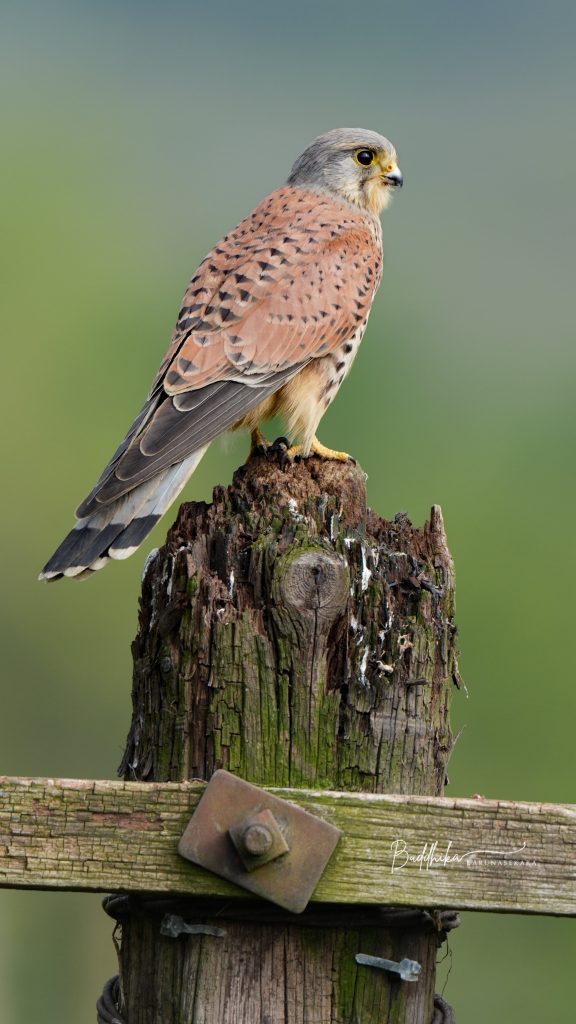
With their graceful flight, piercing calls and keen hunting abilities, common kestrels (Falco tinnunculus) have fascinated observers across Europe, Asia and Africa for centuries. These agile birds of prey are the subjects of numerous folktales, often depicted as symbols of freedom and keen observation.
In English folklore, the kestrel is admired for its hunting prowess. Their ability to hover while scanning the ground for prey has made them a symbol of vigilance and patience.
Across Europe, the kestrel’s fame as a skilled hunter and symbol of foresight permeates various cultural narratives. In medieval times, kestrels were often associated with the nobility and admired for their precision and grace. The kestrel’s role in falconry further cemented its status as a noble bird, celebrated in literature and art for its elegance and hunting skill.
Despite their impressive abilities, kestrels rank low in the falconry ‘pecking order.‘ According to 15th-century manuscripts: “An Eagle for an Emperor, a Gyrfalcon for a King; a Peregrine for a Prince, a Saker for a Knight, a Merlin for a Lady; a Goshawk for a Yeoman, a Sparrowhawk for a Priest, a Musket for a Holy water Clerk, a Kestrel for a Knave.”
This phrase inspired Barry Hines’s 1968 novel, which in turn inspired Ken Loach’s 1969 film “Kes.” Ranked 7th in the British Film Institute’s Top Ten British Films of all time, this film cemented the kestrel’s place in popular culture.
Eurasian kestrels are also known for their remarkable adaptability in the natural world. These birds can be seen in a variety of habitats, from urban areas to rural farmlands, demonstrating their ability to thrive in diverse environments. Their diet primarily consists of small mammals, insects, and birds, which is a testament to their versatility as predators.
Why do these portrayals of the kestrel persist across cultures? Perhaps it’s the bird’s striking appearance, with its russet back and speckled chest, combined with its sharp, predatory gaze, that captures our imagination. Or is it their remarkable hunting technique, hovering motionless in the air before diving to capture their prey, that fascinates us?
Whatever the reason, the common kestrel’s enduring presence in folklore and popular culture reminds us of humanity’s long-held admiration for this remarkable bird. So the next time you see a kestrel poised in mid-air, take a moment to appreciate the blend of beauty and precision that has inspired countless stories and continues to captivate bird watchers and storytellers alike.
